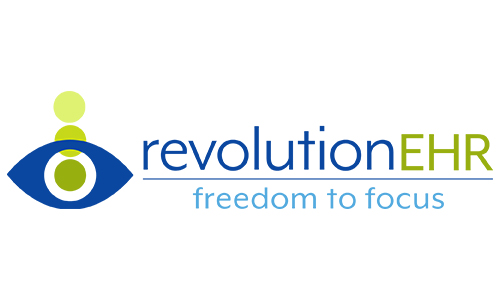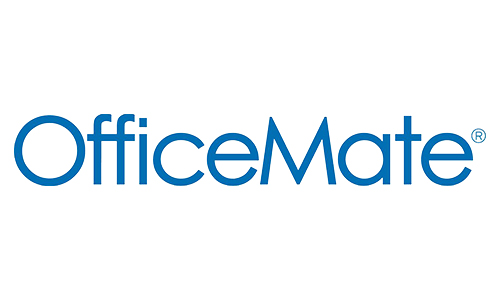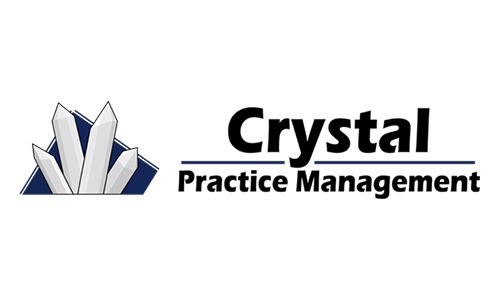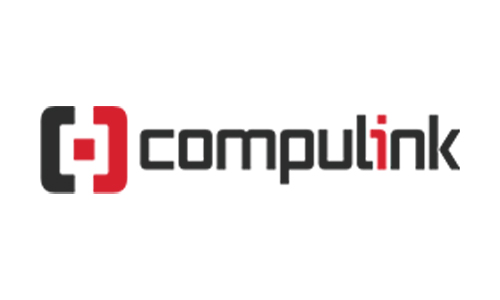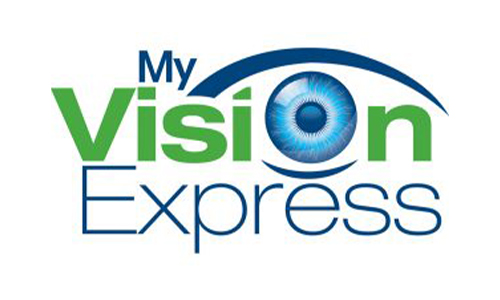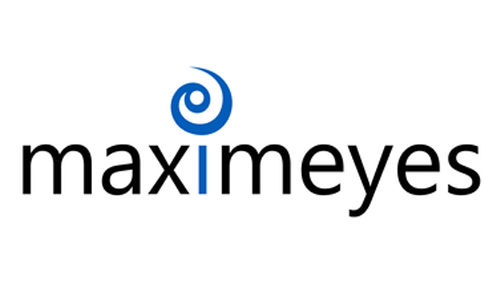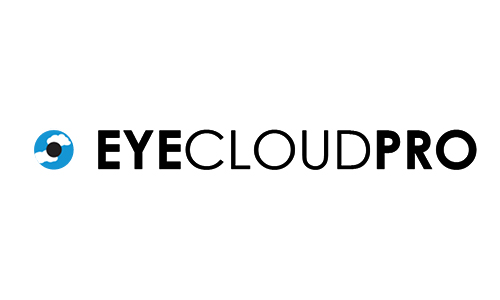A checklist with tips to make insurance billing efficient in the new year. by Melissa Jacobson, RevCycle Partners Operations Manager
As the countdown to the new year ticks away, it's time to ensure your eyecare practice is well-prepared for 2024. It's easy to get caught up in the day-to-day operation of your practice—and let the little things slip. But revisiting some fundamental best practices—in credentialing, E&B verification, and billing—can make a significant difference in your practice's efficiency and financial health.
Ready to tune up your revenue cycle management process? Here is an end-of-the-year checklist with quick tips to help you set up your practice for a successful new year.
1. Credentialing: Ensuring Participation and Revenue
One crucial aspect of maintaining a thriving healthcare practice is staying credentialed with insurance companies. Failure to do so can result in loss of revenue and patient access. Here's how you can stay on top of your credentialing game:
Identify Re-credentialing Deadlines: Most insurance companies require providers to re-credential every three to five years. Missing these deadlines can lead to removal from the panel of participating providers. Keep a list of your re-credentialing dates and set calendar reminders to ensure you don't miss them.
Investigate New Payer Mix: Explore opportunities to expand your payer mix. Establish relationships with local businesses to learn about changes in their employee benefit plans. Being proactive in this regard can significantly impact your practice's success.
Revive Past Credentialing Attempts: If you've previously been denied participation in a panel, consider revisiting those applications. Insurance companies may open up their networks periodically, giving you another chance to join.
Monitor Fee Schedule Changes: Keep an eye on how your reimbursements are changing. Adjusting your payer mix based on reimbursement rates can help maintain profitability.
Plan for Practice Changes: If you're planning to move your office or add new providers to your team, be prepared for changes in the insurance contracting process. Ensure you notify payers about address changes or new locations to avoid any disruptions in your participation status.
2. Eligibility and Benefits Verification: Streamlining the Process
Verifying patient eligibility and benefits is a crucial step to ensure accurate claims processing and minimize denials. Here are some strategies to streamline this process:
Gather Information in Advance: Collect as much patient information as possible before their visit, allowing you to check eligibility and benefits ahead of time. This includes checking whether patients have met their deductibles for the year.
Utilize Payer Portals: Insurance company portals are invaluable for verifying eligibility and benefits. They provide comprehensive information, often including authorizations, saving time and reducing the need for phone calls.
Train Staff and Patients: Educate your staff on the importance of verifying eligibility and benefits. Additionally, inform patients of the information they need to bring to each appointment, such as insurance cards.
Differentiate Medicare Replacement Plans: Ensure your staff can distinguish between traditional Medicare and Medicare replacement plans, as submitting claims to the correct payer is crucial for timely payment.
3. Managing Aging AR: Clearing the Backlog
Aging accounts receivable can pose a significant challenge for healthcare practices. Here's how you can effectively manage your AR and reduce outstanding claims:
Stay Proactive: Don't wait to address aging AR. Even during your busiest periods, make time to work on resolving outstanding claims. Timely follow-up can prevent AR from piling up.
Understand Your AR: Analyze your current aging accounts to identify the outstanding claims that need attention. It may be as simple as correcting a denied claim or submitting a missing modifier.
Stay on Top of Appeals: Be aware that the appeals process can take several months. Ensure that appeals are submitted promptly to avoid delays in resolving outstanding claims.
Check Write-Off Reports: Review your write-off reports for year-end to understand which insurance plans are being used most frequently. Adjust your fees if necessary to minimize write-offs.
Implement an Effective System: Plan how you'll manage aging claims. Break down the total number of claims into smaller daily or weekly increments. Focus on one payer at a time to avoid confusion.
Stay Organized: Use spreadsheets or practice management software to track your AR progress. Make notes as you work on each claim and update information in your system.
Stay Informed: Check if you can switch to electronic funds transfer (EFT) or virtual credit card payments to receive payments faster and reduce mail-related delays.
Know Timely Filing Limits: Be aware of the timely filing limits for each payer, especially for replacement or corrected claims. Missing these deadlines can result in claim denials.
Work Denials as They Occur: Address claim denials promptly to prevent them from aging. Timely follow-up is essential to ensure accurate and timely payments.
Remember every practice is unique, so tailor these strategies to your specific needs and circumstances. With the right approach, you can navigate the challenges of administration and enjoy a prosperous year ahead.

